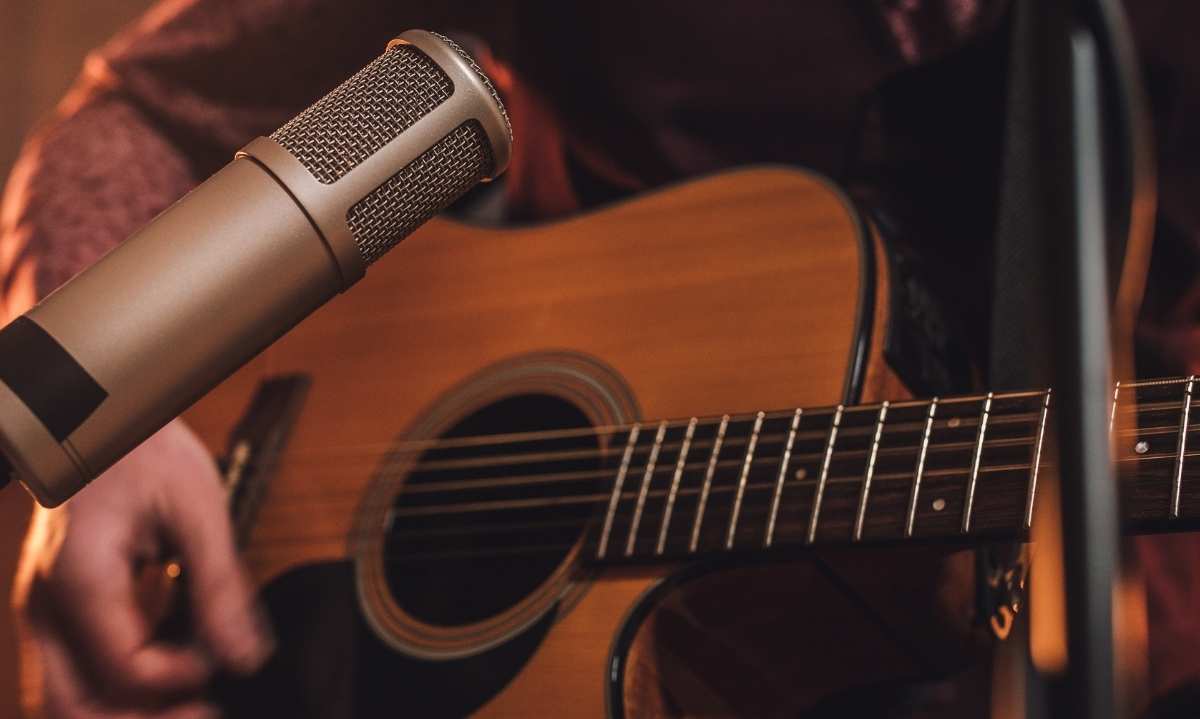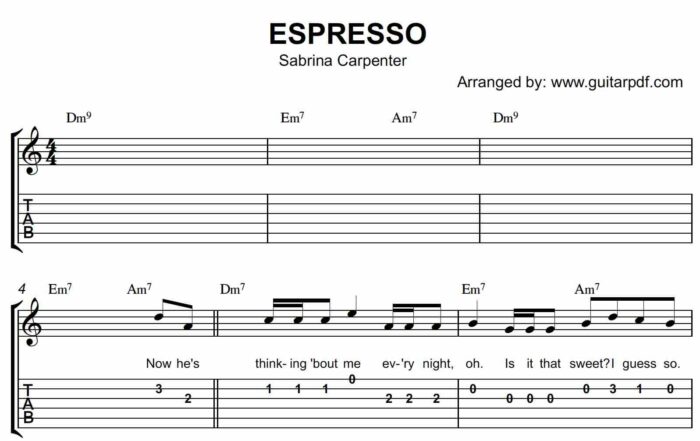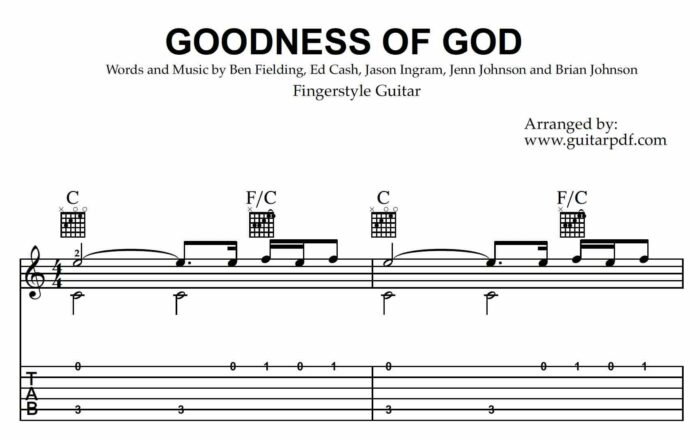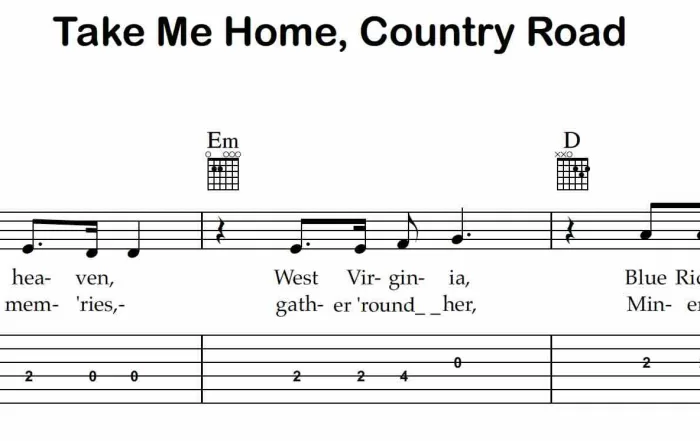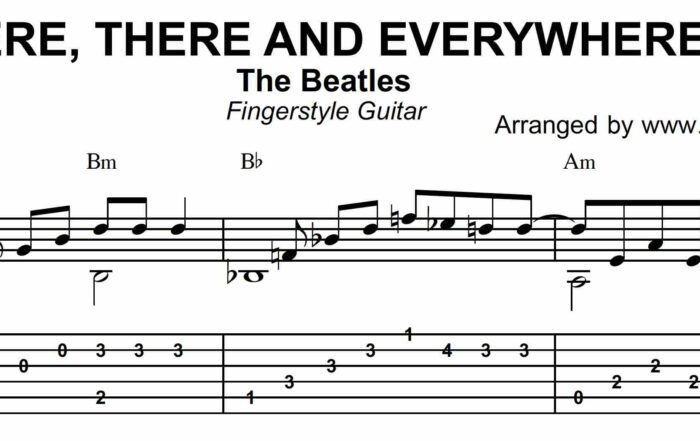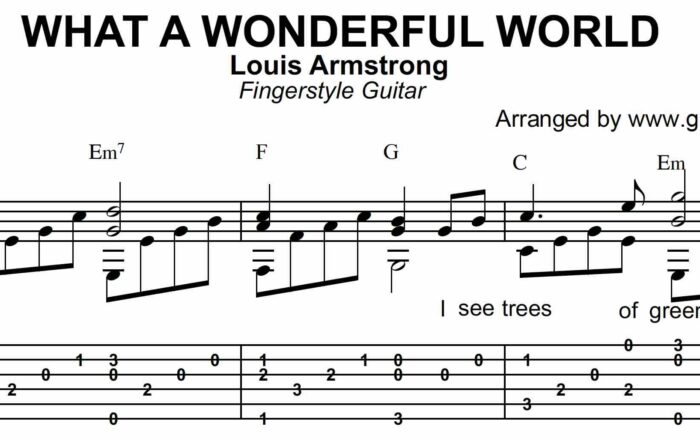Music of Famous Fingerstyle Guitarists
Fingerstyle guitar is one of the most mesmerizing forms of guitar playing. From intricate melodies to powerful harmonies and steady bass lines, all performed by a single player, it showcases the guitar’s full potential as a one-man orchestra. Throughout history, certain guitarists have taken this technique to new heights, influencing countless players and defining entire genres with their unique styles.
In this blog, we’ll take a journey through the music of some of the most famous fingerstyle guitarists. These masters have left an indelible mark on the world of music, and by exploring their works, we can gain inspiration and insight into the beauty of fingerstyle guitar.
1. Chet Atkins – The Country Pioneer
Chet Atkins is often regarded as the godfather of fingerstyle guitar, particularly within the realm of country and Western music. His sophisticated style blended fingerpicking with elements of jazz, classical, and pop, creating a sound that was rich, rhythmic, and uniquely melodic.
Key Track: “Windy and Warm”
Atkins’ version of “Windy and Warm” is a perfect example of his fingerstyle mastery. The track is full of dynamic changes, rhythmic bass lines played with the thumb, and a melody that flows seamlessly. It’s a great introduction to Atkins’ genius and shows why he became a pioneer in the fingerpicking world.
What to Learn from Chet Atkins:
Atkins’ music emphasizes the importance of independence between the thumb and fingers, allowing the bass and melody to coexist. Practice slow, steady thumb patterns while your fingers handle the melody—this is a hallmark of the “Travis picking” style that Atkins helped popularize.
2. Tommy Emmanuel – The Modern Fingerstyle Virtuoso
Australian-born Tommy Emmanuel is one of the most dynamic and exciting fingerstyle guitarists of our time. He describes his guitar playing as “fingerstyle improvisation,” blending genres such as country, jazz, blues, and rock in a way that captivates listeners. Known for his energy, rhythmic inventiveness, and emotional depth, Emmanuel’s performances are jaw-dropping and inspiring.
Key Track: “Classical Gas”
One of Emmanuel’s standout performances is his cover of “Classical Gas,” originally composed by Mason Williams. Emmanuel transforms the song with his breathtaking speed, accuracy, and ability to make the guitar sound like an entire band. The track is a masterclass in technical proficiency and musical expression.
What to Learn from Tommy Emmanuel:
Tommy Emmanuel’s playing is a lesson in percussive techniques and emotional intensity. He uses every part of the guitar—tapping, slapping, and even using the body as a drum—so try experimenting with percussive elements in your playing. Remember, it’s not just about hitting the notes but expressing yourself through the guitar.
3. Andrés Segovia – The Classical Maestro
No list of fingerstyle greats would be complete without mentioning Andrés Segovia, the legendary Spanish classical guitarist. Though his primary focus was classical music, his influence on fingerstyle guitar is undeniable. Segovia elevated the guitar from a folk instrument to one respected in concert halls worldwide, and his technique has influenced players in every genre.
Key Track: “Asturias (Leyenda)”
Segovia’s interpretation of “Asturias (Leyenda)” is one of the most iconic performances in classical guitar history. This fiery piece demands incredible precision, dynamics, and finger independence, showcasing Segovia’s technical mastery and deep musicality.
What to Learn from Andrés Segovia:
Segovia’s legacy teaches us the importance of tone, dynamics, and phrasing. His command over the instrument allowed him to create rich, expressive music with seemingly effortless grace. Focus on developing a clean, precise touch and pay attention to how you can shape each note with subtle variations in pressure and attack.
4. Leo Kottke – The Acoustic Innovator
Known for his blend of bluegrass, folk, and jazz, Leo Kottke is an acoustic fingerstyle virtuoso with an unmistakable sound. His use of open tunings, unconventional rhythms, and percussive picking styles set him apart as one of the most innovative guitarists of the 20th century. Kottke’s music has an earthy, organic feel, often sounding like multiple guitarists playing together.
Key Track: “Vaseline Machine Gun”
“Vaseline Machine Gun” is one of Kottke’s most famous compositions and perfectly demonstrates his fast, syncopated fingerpicking style. His use of alternate tunings creates a lush soundscape, allowing for the simultaneous interplay of bass, melody, and rhythm.
What to Learn from Leo Kottke:
Kottke’s music encourages experimentation with alternate tunings. Don’t be afraid to step outside standard tuning and explore how open tunings can enhance your fingerstyle arrangements. Alternate tunings can open up new harmonic possibilities and make certain fingerstyle patterns more accessible.
5. John Fahey – The Father of American Primitive Guitar
John Fahey is widely considered the father of the “American Primitive” guitar movement, blending traditional folk and blues with avant-garde compositions. Fahey’s fingerstyle playing is both haunting and beautiful, characterized by its use of open tunings and minimalist melodies. His music bridges the gap between old-time Americana and modern experimentalism.
Key Track: “The Transcendental Waterfall”
This meditative, expansive piece captures Fahey’s ability to create vivid soundscapes with nothing more than a guitar. His use of alternate tunings and drone-like melodies gives the music a timeless, almost spiritual quality.
What to Learn from John Fahey:
Fahey’s style is about simplicity and space. He shows that not every fingerstyle piece needs to be fast or flashy—sometimes, it’s about creating a mood and letting the music breathe. Learn to appreciate the power of subtlety and how fewer notes can make a big impact.
6. Merle Travis – The King of Thumbpicking
Merle Travis popularized a fingerpicking style that has come to bear his name: “Travis picking.” His thumb played alternating bass lines while his fingers plucked syncopated melodies, creating a rich, layered sound. This technique became a cornerstone of country and folk guitar, influencing generations of players, including Chet Atkins and countless others.
Key Track: “Cannonball Rag”
“Cannonball Rag” is one of Travis’s most well-known songs and a masterclass in thumbpicking. The driving bass line combined with lively, intricate melodies perfectly encapsulates the essence of Travis picking.
What to Learn from Merle Travis:
Mastering Travis picking is a must for any fingerstyle guitarist. Practice alternating bass patterns with your thumb while adding syncopated melodies with your fingers. This technique will open up a world of rhythmically rich fingerstyle possibilities.
7. Michael Hedges – The Experimental Visionary
Michael Hedges revolutionized fingerstyle guitar in the 1980s with his use of tapping, alternate tunings, and percussive effects. Hedges treated the guitar like a full orchestra, often creating sounds that seemed impossible for a single instrument to produce. His adventurous spirit and boundary-pushing techniques inspired a new generation of fingerstyle guitarists.
Key Track: “Aerial Boundaries”
In “Aerial Boundaries,” Hedges combines fingerpicking, tapping, and alternate tunings to create an atmospheric, almost otherworldly piece. The song showcases his ability to manipulate the guitar in ways few others can, blending melody, rhythm, and harmony into a seamless whole.
What to Learn from Michael Hedges:
Hedges encourages us to think of the guitar not just as a melodic instrument but as a percussive and harmonic one as well. Explore tapping techniques, use both hands on the fretboard, and consider the guitar’s full sonic potential—there are no limits!
Conclusion: Finding Your Own Fingerstyle Voice
Exploring the music of these famous fingerstyle guitarists is like taking a masterclass in the craft. Each one offers unique insights into the endless possibilities of fingerstyle playing, from Chet Atkins’ thumbpicking prowess to Michael Hedges’ experimental soundscapes. By studying their techniques, experimenting with their styles, and incorporating what you learn into your own playing, you can develop your own fingerstyle voice.
So, grab your guitar, dive into the music of these legends, and let their genius inspire you to create your own fingerstyle masterpiece!

